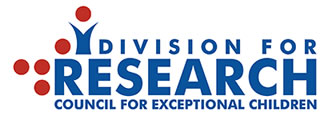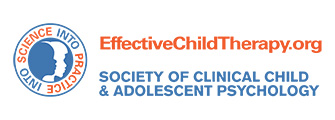
Mom: “Friends are supposed to make you feel good…Your only connection to these kids is they like to pound on you.”
Alex: “If you say these people aren’t my friends, then what friends do I have?”
—Scene from the documentary Bully (2012)
Despite the attention given each year to bullying prevention, bullying continues to be a vexing issue for schools. Our efforts to help elementary school children who are chronically bullied have been disappointing.
Kids do get teased or bullied. For many, this is a brief experience with no lasting harm. But for some children (5-10%), the role of victim persists, putting them at risk for a range of academic, social, and emotional problems, including depression and suicidal thinking that can last into adulthood.
Researchers have developed ways to counter school bullying, but even our best programs are limited. They aren’t easy to implement, few schools actually use them, and they have little impact on children who are chronically bullied. Perhaps most alarming are findings from recent studies suggesting that current anti-bullying programs may make matters worse for chronic victims. When the total number of victims at a school is significantly reduced, chronic victims stand out even more and are at greater risk for being bullied.
Researchers are now focusing more attention on children who are chronic victims of bullying and on how to help them. We know, for example, that chronic victimization is mainly a problem of social exclusion. Being odd or different can lead some children to being picked on by those other peers – who are hoping to fit in and be accepted by the larger social group. When name-calling persists and those children become excluded, even peers who don’t bully may avoid these children out of fear of social consequences for themselves. These children who are bullied are playing a role in a socially constructed narrative—a shared story—via comments like, “Nobody likes him” or “Everyone knows she’s weird”. In that role, the usual restraints on bullying no longer apply, making the excluded child even more likely to be bullied.
Sadly, chronic victims also fall prey to stories of their own social exclusion. They see no way to challenge the power of the shared story, and thus blame themselves when bullied by their “friends’” such as saying “They don’t mean anything by it.“
One promising way to rewrite the stories of chronically bullied children is using interventions specifically designed to disrupt the story of social exclusion and help children reconnect with their peers and school. One such strategy pairs bullied children with a college student mentor who visits twice/week at the school lunch table. The recurring presence of an appealing “lunch buddy mentor” gives nearby lunchmates new reasons to re-engage with children who have been excluded.
Helpful tips for parents and teachers:
Adults’ first responsibility is to keep vulnerable children emotionally safe. Both parents and teachers are needed to prevent and intervene with bullying behaviors.
- Parents should ask (repeatedly if necessary) school staff what they are doing to protect their child from being bullied.
- Creating the warm and accepting home environment is an essential element in the anti-bullying arsenal. It is especially important to include siblings in this positive process.
- Teachers should take student safety seriously, guarding against a passive attitude (e.g., “I let children work it out”) or, worse, colluding with classmates who mistreat a child who is different or disliked by ignoring the situation or thinking of the child who is bullied in negative terms.
- Both parents and teachers should avoid blaming and over-questioning children for being bullied; focus instead on clear, strong messages of acceptance, and belonging in the classroom, school, and related environments such as outside activities.
- Both parents and teachers need to offer children a useful counter-narrative (alternate story) to chronic victimization. One possibility is to frame bullying as time-limited and something done by childish peers desperate to fit in.
While parents and teachers are the first line of addressing bullying, the intervention needs to be community-wide. Adults should work diligently to help bullied children feel accepted and connected by:
- Encouraging groups such as community and high school service clubs to make regular visits to the lunch tables of chronically bullied children as way to break the cycle of social exclusion.
- Connecting bullied children to groups where they can feel a sense of belonging. These could be informal play groups, organized sports teams, or clubs and organizations (e.g., scouts).
- Considering enrolling bullied children into community-based mentoring programs. This could be especially helpful for children whose parents don’t have ample time or means to visit school or to involve their children in positive peer group activities outside of school.
While more research is needed, tips and new interventions for chronic victims will hopefully have us all a bit more optimistic each October – when it’s National Bullying Prevention Month.
Resources
http://drtimcavell.com/st-vincent-patron-saint-bullied-kids/
https://www.evidencebasedmentoring.org/lunch-buddy-mentoring-program/
https://infoaboutkids.org/blog/lets-talk-about-bullying-not-bullies/
Proper citation link for this blog post:Cavell, T. (December 10, 2019). Rewriting the Stories of Chronically Bullied Children. https://infoaboutkids.org/blog/rewriting-the-stories-of-chronically-bullied-children
















